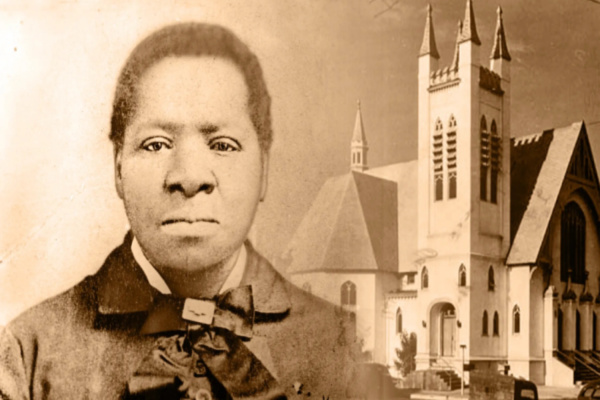Question
Gramps,
What was the early Church’s stance on slavery?
Leslie
Answer
Leslie,
The Church of Jesus Christ of Latter-day Saints was founded in 1830, a period marked by significant social and political upheaval in the United States. The years preceding the Civil War were characterized by a growing divide between the North and South over the issue of slavery. Joseph Smith, the Church’s founder, and Brigham Young, his successor, lived during this tumultuous time, and their views on slavery were shaped by the prevailing attitudes of their era.
Joseph Smith was known for his progressive views on many social issues, including slavery. In 1844, he publicly declared his opposition to slavery and included abolition as part of his presidential campaign platform. He proposed a plan to compensate slave owners for freeing their slaves, suggesting that the government should pay a “reasonable price” for each enslaved person, funded by the sale of public lands and congressional salaries. This stance was radical for its time and demonstrated Smith’s commitment to social justice.
However, the Church’s early membership was predominantly composed of individuals from the Northern states, where anti-slavery sentiments were strong. As the Church began to grow and migrate westward, it encountered pro-slavery sentiments, particularly in Missouri, where tensions between the Church and local residents were exacerbated by fears that the Church’s anti-slavery stance would influence political outcomes.
When the Saints migrated to the Utah Territory in 1847, the legal landscape regarding slavery changed. The Compromise of 1850 allowed for slavery in Utah, and while the Church’s leaders, including Brigham Young, initially expressed opposition to the institution, they also recognized the reality of the situation. Young himself owned a slave, Green Flake, who was one of the first African Americans to enter Utah. The Church’s position on slavery became more ambiguous as it adapted to the new environment.
Brigham Young’s views on race were complex. He believed in the inherent humanity of all people but also held views that reflected the racial prejudices of his time. He publicly stated that people of African descent could not hold the priesthood, a policy that would later become a significant point of contention within the Church. Young’s conflicting beliefs about race and slavery illustrate the broader societal tensions that existed during this period.
While the Church’s leadership grappled with the issue of slavery, the experiences of Black members within the faith varied widely. Some were enslaved, while others were free and actively participated in the Church’s activities.
Another notable figure is Biddy Mason, who was born into slavery in Missouri and later gained her freedom in California. Mason’s story highlights the intersection of race, faith, and social justice, as she became a successful entrepreneur and advocate for the rights of Black individuals. Her experiences demonstrate that while some Black members faced significant challenges, others were able to carve out successful lives within the Church and society.
The Church’s early leaders held a range of views on race, influenced by the broader societal attitudes of their time. While some members, like Elijah Abel, were ordained to the priesthood, the prevailing belief among many Church leaders was that Black individuals were inferior and suited for servitude. This belief was rooted in a misinterpretation of scripture and societal norms that perpetuated racial inequality.
As the Church moved into the 20th century, its stance on race began to evolve. The Church officially disavowed all forms of racism and sought to promote equality among its members. This shift was a response to the changing social landscape and the growing recognition of the need for inclusivity within the faith.
References and related articles:
Did Church members own slaves?
What side of the U.S. Civil War were Mormons on?
Blacks and the Priesthood (Joseph Smith Era)
Gramps







